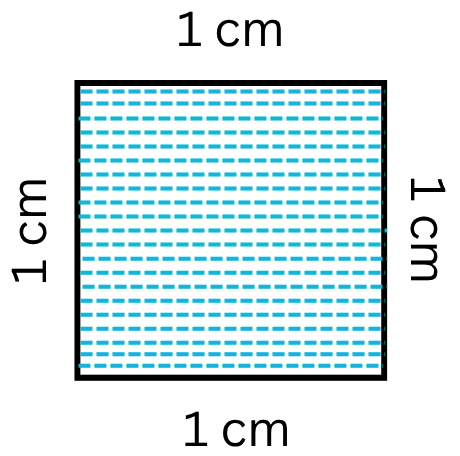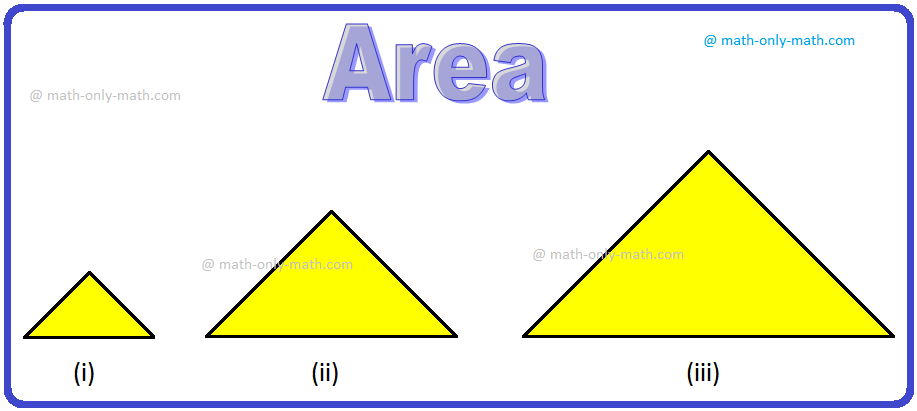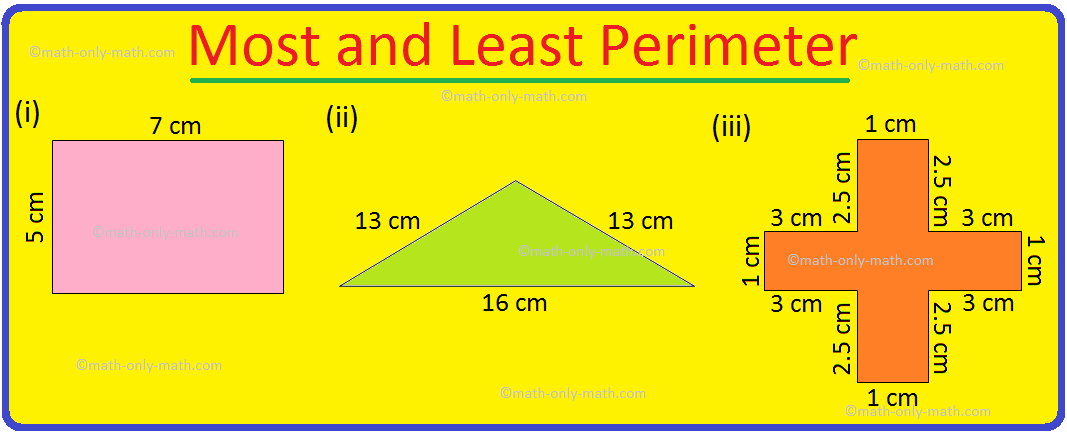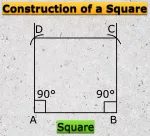Subscribe to our ▶️YouTube channel🔴 for the latest videos, updates, and tips.
Home | About Us | Contact Us | Privacy | Math Blog
Comparison between Rational and Irrational Numbers
Rational numbers are those which can be written in ‘pq’ form where ‘p’ and ‘q’ belong to integers and ‘q’ is not equal to zero. The decimal numbers which are terminating and non- repeating fall under the category of rational numbers. On the other hand, irrational numbers can’t be written in ‘pq’ form because they are non- terminating and non- repeating decimals. We can easily make comparison between rational numbers by simply comparing numerators of the rational fractions (in case of like rational fractions), while by taking L.C.M. and then comparing the numerators (in case of unlike rational fractions).
In the previous topic, we have seen how to make comparison between irrational numbers. In this topic we will get to know about the comparison between rational and irrational numbers.
The concept can be understood in a better way by having look at below given solved examples:
1. Compare 2 and √3.
Solution:
To compare the given numbers, let us first find out the square of both the numbers and then proceed with the comparison. So,
22= 2 x 2 = 4.
(√3)2 = √3 x √3 = 3.
Since, 4 is greater than 3.
So, 2 is greater than √3.
2. Compare 43 and √5
Solution:
In the given numbers, one of them is rational while other one is irrational. To make the comparison, let us first make the given irrational number into rational number and then carry out the comparison. So, let us square both the given numbers. Hence,
(43)2 = 43 x 43 = 169.
(√5)2 = √5 x √5 = 5.
Now, let us take the L.C.M. of the two rational numbers so formed and compare them. So, we have to compare 169 and 5. The L.C.M. of 9 and 1 is 9. So, we have to make comparison between 169 and 459. Since, 169 is smaller than 459.
So, 169 will be smaller than 5.
Hence, 43 will be smaller than √5.
3. Compare 72 and 3√7.
Solution:
In the given numbers for comparison, one of them is rational 72 while other one is irrational number 3√7. To make comparison between them, firstly we’ll make both numbers rational numbers and then comparison process will be carried out. So, to make both the numbers rational, let us find the cube of both the numbers. So,
(72)3 = 72 x 72 x 72 = 3438.
(3√7)3 = 3√7 x 3√7 x 3√7 = 7.
Now, L.C.M. of 1 and 8 is 8. So, the two numbers to be compared are 3438 and 568. Now, the rational fractions have become like rational fractions. So, we just need to compare their numerators. Since, 3438 is greater than 568.
So, 72 is greater than 3√7.
4. Arrange the following in ascending order:
6, 54, 3√4, 723, 823.
Solution:
We have to arrange the given series in ascending order. To do so, let us first of all find the cube of all the elements of the given series. So,
(6)3 = 6 x 6 x 6 = 216.
(54)3 = 54 x 54 x 54 = 12564.
(3√4)3 = 3√4 x 3√4 x 3√4 = 4.
(723)3 = 723 x 723 x 723 = 72= 49.
(823)3 = 823 x 823 x 823 = 82 = 64.
Now we have to make the comparison between 216, 12564, 4, 49, 64.
This could be done by converting the series into like fractions and then proceeding.
So, the series becomes:
1382464, 12564, 25664, 313664, 409664.
Arranging the above series in ascending order we get;
12564 < 25664 < 313664 < 409664 < 1382464.
So, the required series is:
54 < 3√4 < 723 < 823 < 6.
Irrational Numbers
Definition of Irrational Numbers
Representation of Irrational Numbers on The Number Line
Comparison between Two Irrational Numbers
Comparison between Rational and Irrational Numbers
Problems on Irrational Numbers
Problems on Rationalizing the Denominator
Worksheet on Irrational Numbers
From Comparison between Rational and Irrational Numbers to HOME PAGE
Didn't find what you were looking for? Or want to know more information about Math Only Math. Use this Google Search to find what you need.
Recent Articles
-
Worksheet on Area of a Square and Rectangle | Area of Squares & Rectan
Jul 19, 25 05:00 AM
We will practice the questions given in the worksheet on area of a square and rectangle. We know the amount of surface that a plane figure covers is called its area. 1. Find the area of the square len… -
Area of Rectangle Square and Triangle | Formulas| Area of Plane Shapes
Jul 18, 25 10:38 AM
Area of a closed plane figure is the amount of surface enclosed within its boundary. Look at the given figures. The shaded region of each figure denotes its area. The standard unit, generally used for… -
What is Area in Maths? | Units to find Area | Conversion Table of Area
Jul 17, 25 01:06 AM
The amount of surface that a plane figure covers is called its area. It’s unit is square centimeters or square meters etc. A rectangle, a square, a triangle and a circle are all examples of closed pla… -
Worksheet on Perimeter | Perimeter of Squares and Rectangle | Answers
Jul 17, 25 12:40 AM
Practice the questions given in the worksheet on perimeter. The questions are based on finding the perimeter of the triangle, perimeter of the square, perimeter of rectangle and word problems. I. Find… -
Formation of Square and Rectangle | Construction of Square & Rectangle
Jul 16, 25 11:46 PM
In formation of square and rectangle we will learn how to construct square and rectangle. Construction of a Square: We follow the method given below. Step I: We draw a line segment AB of the required…






New! Comments
Have your say about what you just read! Leave me a comment in the box below. Ask a Question or Answer a Question.